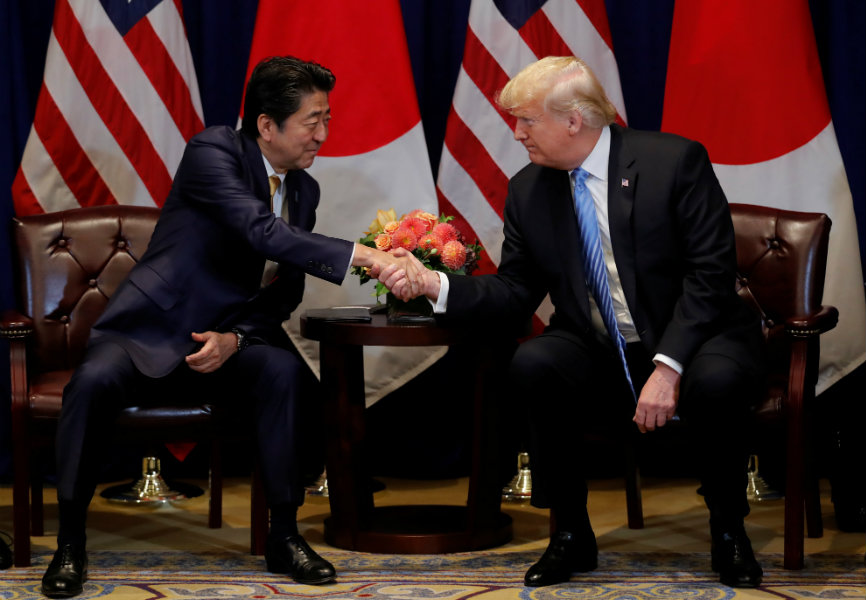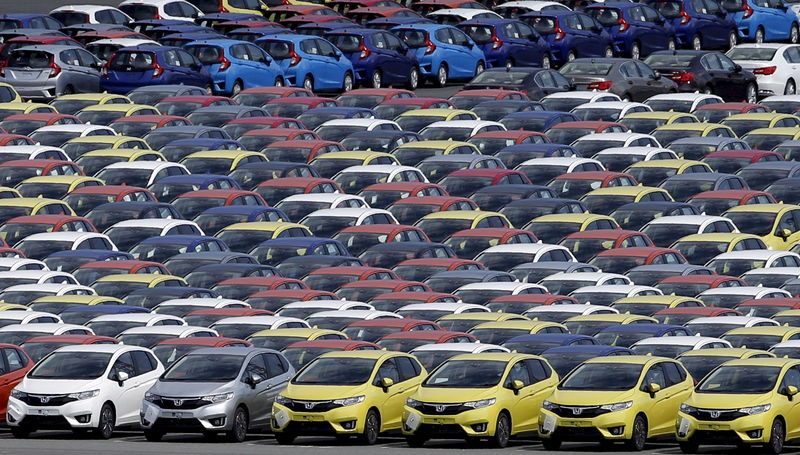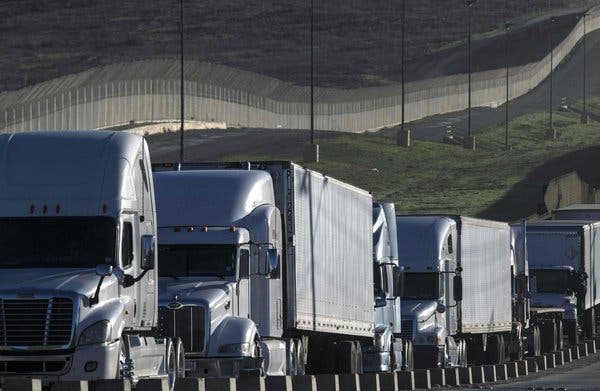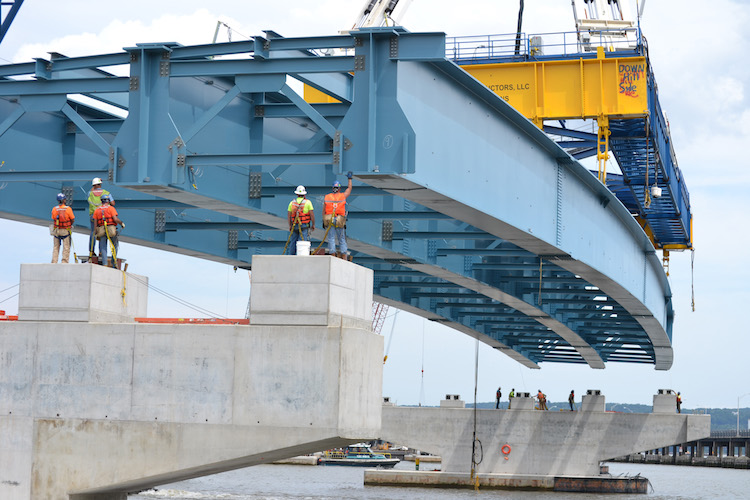
On August 6th, President Trump issued his long-promised Buy American executive order (EO) on medicines. The Executive Order on Ensuring Essential Medicines, Medical Countermeasures, and Critical Inputs Are Made in the United States seeks to

Exercising his favorite trade tool, President Trump has imposed tariffs under Sections 201 and 301 of the Trade Act of 1974 and Section 232 of the Trade Expansion Act of 1962, as a means of pursuing U.S. interests. In another effort to promote domestic

The details of the Trump administration’s trade agreements with Japan have unfolded in stages. First was the announcement at the G7 meeting in August that the United States and Japan had reach an agreement. Then came further details in a joint statement

Last week, the White House announced that the United States had reached two agreements with Japan. This week, on the margins of the United Nations General Assembly (UNGA), President Trump and Japanese Prime Minister Abe issued a joint statement that they had

This post explores the White House’s September 16th announcement that the United States had reached two agreements with Japan: “an initial trade agreement regarding tariff barriers” and another on digital trade. The administration also plans “further

Not content with waging one trade war that may soon encompass all imports from China, President Trump has now embarked on a second that will place a tariff on all imports from Mexico unless it stops migrants from entering the United States. This post looks at

In mid-May, President Trump determined that imports of autos and auto parts threaten the national security but deferred action for six months. He also lifted tariffs on imports of steel and aluminum from Canada and Mexico. This post looks at the two

ITEM OF NOTE A paper, Converging Procurement Systems: Developments in 2018, was presented at the annual Thomas Reuters’ Government Contracts Year in Review Conference in February. It examines developments in the international procurement arena in 2018,
The United States and Japan are preparing to embark on bilateral trade negotiations, which could begin as soon as mid-January 2019. However, the scope of the negotiations remains unclear. The September joint statement announcing the negotiations suggested a
 On February 12, President Trump unveiled an infrastructure plan that calls for $1.5 trillion in infrastructure investments. Surprisingly, it does not incorporate the President's strong Buy America rhetoric of  the past year. That absence has drawn criticism and can be expected to lead to efforts to incorporate local content requirements in any infrastructure bill drafted by the Congress. This post reviews the Presidentâs proposal and recommends that any Buy America requirement inserted into infrastructure legislation follow the approach of the 2009 stimulus package and ensure compliance with U.S. trade obligations.
In presenting his infrastructure framework, the President called on Congress âto draft and pass the most comprehensive infrastructure bill in our Nationâs historyâ. It addresses traditional infrastructure, such as roads, bridges and airports, as well as drinking and wastewater systems, waterways, water resources, energy, rural infrastructure, public lands, veteransâ hospitals, and Brownfield and Superfund sites.
Under the Administrationâs plan, the federal government would contribute $200 billion, with the remainder of the $1.5 trillion picked up by state and local governments and the private sector, including through broader use of public-private partnerships (PPPs). The White House breaks down the $200 billion federal contribution as follows:
On February 12, President Trump unveiled an infrastructure plan that calls for $1.5 trillion in infrastructure investments. Surprisingly, it does not incorporate the President's strong Buy America rhetoric of  the past year. That absence has drawn criticism and can be expected to lead to efforts to incorporate local content requirements in any infrastructure bill drafted by the Congress. This post reviews the Presidentâs proposal and recommends that any Buy America requirement inserted into infrastructure legislation follow the approach of the 2009 stimulus package and ensure compliance with U.S. trade obligations.
In presenting his infrastructure framework, the President called on Congress âto draft and pass the most comprehensive infrastructure bill in our Nationâs historyâ. It addresses traditional infrastructure, such as roads, bridges and airports, as well as drinking and wastewater systems, waterways, water resources, energy, rural infrastructure, public lands, veteransâ hospitals, and Brownfield and Superfund sites.
Under the Administrationâs plan, the federal government would contribute $200 billion, with the remainder of the $1.5 trillion picked up by state and local governments and the private sector, including through broader use of public-private partnerships (PPPs). The White House breaks down the $200 billion federal contribution as follows:
On February 12, President Trump unveiled an infrastructure plan that calls for $1.5 trillion in infrastructure investments. Surprisingly, it does not incorporate the President’s strong Buy America rhetoric of the past year. That absence has drawn